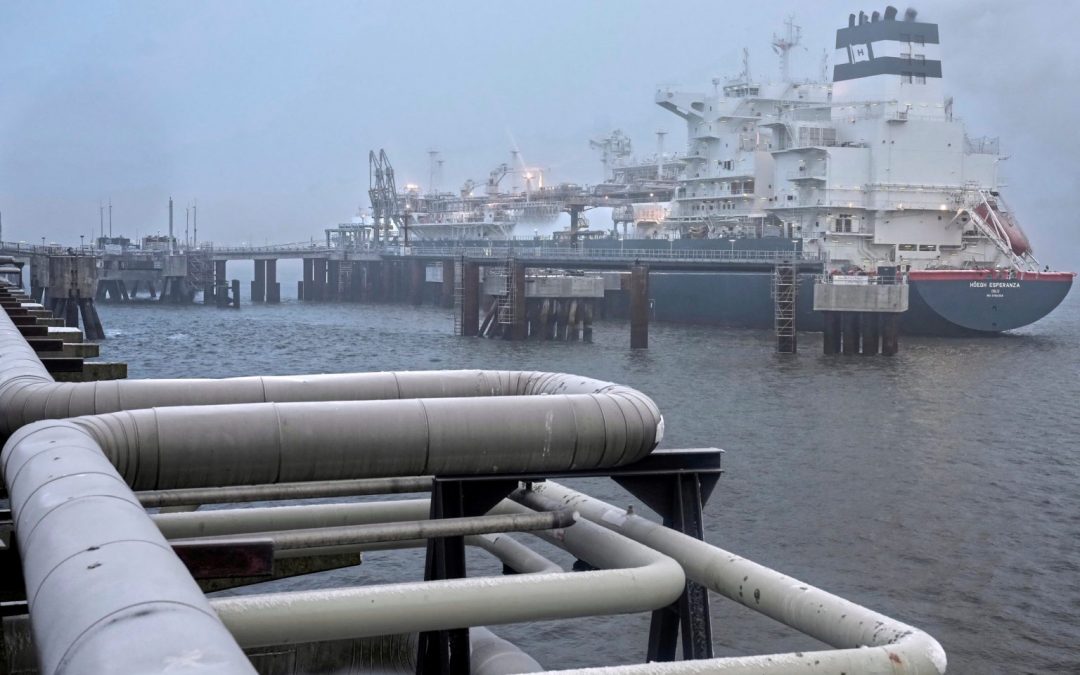The Asian LNG market has started to see demand for winter popping up from China as the fourth quarter approaches, while Japanese and South Korean buyers are taking a wait-and-see stance, market sources said in the week started Sept. 11.
Sources said the market still has enough supply to meet demand at the moment while the supply might tighten in the coming months.
Unipec, a trading arm of Chinese national oil company Sinopec, has issued a tender to buy up to 25 LNG cargoes from October 2023 to December 2024, out of which, 13 cargoes are to be delivered in the fourth quarter, trading sources said.
“The 2023 cargoes are a lot, so probably for winter preparation,” said a Singapore-based trader. “The 2024 cargoes are likely for trading.”
China typically boosts LNG imports in the fourth quarter. The country imported 14.626 million mt of LNG in the third quarter of 2022, which jumped to 17.957 million mt in the fourth quarter of 2022, up 22.8% from the third quarter, according to S&P Global Commodity Insights data.
However, China’s second-tier buyers are slow to jump into the spot market due to high prices.
According to several second-tier Chinese buyers, they are currently unable to afford spot or winter cargoes at prevailing market prices due to concerns about potential losses.
“Downstream activity in China has picked up slightly, but we are buying mainly to ensure enough supply for heating in winter,” a Chinese importer said.
As a result, it is anticipated that demand from these buyers might only pick up after November 2023.
Strike at Chevron’s Wheatstone and Gorgon
Partial strikes at Chevron’s Gorgon and Wheatstone LNG facilities started Sept. 8 after the company failed to reach an agreement with the unions, and from Sept. 14, members are expected to stop work completely for two weeks as part of the protected industrial action, S&P Global reported previously.
Despite the strike, there are no cargoes canceled, while Chevron has not been seeking alternative cargoes as of Sept. 13, market sources said.
“Haven’t heard any activities [from Chevron]. But I am worried about the market as the complete strike will start tomorrow,” said a second Singapore-based trader Sept. 13.
“Buyers are likely to buy more cargoes [to prepare for supply cut]. It is easier to buy cargoes now as the prompt market is relatively weak,” said a Middle-East-based trader.
Japan and South Korea yet to start winter procurement
Japan and South Korea are yet to start winter procurement at the moment, market sources said.
Two Japanese utilities Tohoku Electric and Kansai Electric bought October cargoes in September. Tohoku bought the cargo to make up for a stock decline caused by the hot summer and a drop in output from hydropower plants. Kansai’s purchase is likely due to a rise in the wholesale power price so that the power utility can sell electricity in the market, said traders.
Japanese utilities are not active in the spot market, market sources said.
Meanwhile, South Korea has been notably reserved in its procurement activities in recent months, after KOMIPO secured an October cargo in August. South Korean buyers’ careful stance can be linked to their evaluation of the situation, which suggests that there is ample inventory and supply equilibrium, as communicated by industry sources in South Korea.
Market sources have reported high inventory levels at KOGAS terminals, with tank-top situations being closely monitored. Additionally, the continued high production of solar power allows coal and natural gas power plants to be switched off during weekends, reducing the urgency for Korean buyers to procure spot cargoes.
“The Korean market is expected to remain well-balanced until the end of November, with some major importers possibly showing interest in buying for December and beyond,” a source said. However, multiple trade sources suggest that winter procurement demand may be lower than anticipated unless a cold temperature forecast is confirmed.
Market sources indicate that South Korean importers including GENCOs are currently in the process of finalizing their demand volumes for the upcoming winter season, covering the period from December 2023 to March 2024
Source: Hellenic Shipping News





